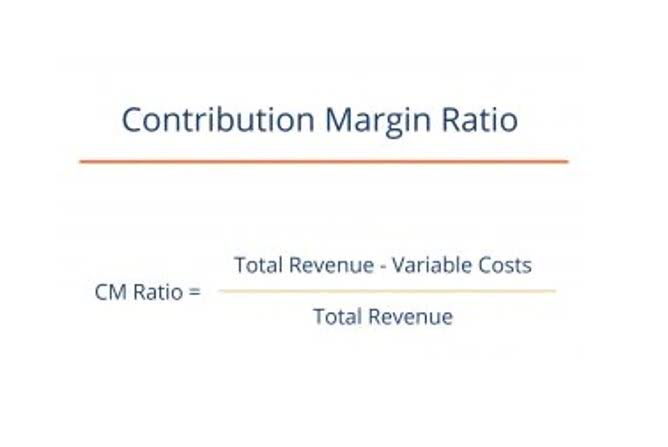
Fund accounting enables nonprofits to allocate their money into different groups or “funds” in order to keep them organized and only spend funds on what they’re designated for. Our expert tax report highlights the important issues that tax preparers and their clients need to address for the 2024 tax year. Stay informed and proactive with guidance on critical tax considerations before year-end. The IRS receives more than 70,000 applications for tax-exempt status every year, so be patient when submitting your application.
- The primary guidelines your organization should know about are the GAAP standards.
- This means that finding someone to take on these responsibilities (especially as you grow) can be immensely challenging.
- Where exactly your income and expenses come from and how you group them in your budget will depend on the nature of your organization.
- And it doesn’t mean that all of the activities your nonprofit spends money on aren’t taxable.
- Equipping yourself with the best software and people can make a world of difference for your organization.
- When you reconcile your bank accounts, all you’re doing is comparing each transaction from your bank statement with the ones you have in your books.
Statement of Activities

The report also includes references to PwC publications with additional information on the topic and a complete list of standards required or eligible to be adopted by not-for-profit organizations. If you’ve dealt with for-profit cash flow statements before, this should look very familiar. Once you’ve got a bookkeeping system and a bank account in place, you need some way of making sure the information in both of those systems lines up.

Audit and Accounting Guide: Not-for-Profit Entities, 2018
For instance, if programs or projects are discontinued, funding falls through, or your funding increases, you can address the issues and adapt your strategy right away. It’s important to review and adjust the spending budget for the remainder of the year to cut back expenses if necessary, or to further fund your mission if you receive unexpected funding. These are (as the name states) general principles accepted by accountants in all sectors. These guidelines are set by an organization called the Financial Accounting Standards Board (FASB). For more information about how to create a budget, check out the National Council of Nonprofits guide to Budgeting for Nonprofits. Internal controls don’t mean that you don’t trust your organization’s staff members.
If I qualify for tax-exempt status, do I still have to pay some taxes?

An annual operating budget for a university will be very different than a budget for a small local art gallery. If the value of the donation is small (below $5,000) the IRS will let you contribution margin determine a donation’s fair market value yourself, usually based how much comparable goods and services are selling on the market. If the value of the donation is over $5,000, you should get the donation formally appraised by an expert.
- The report provides a brief summary of the standards considered most relevant to not-for-profits, and insight into what adoption may mean for not-for-profits.
- In most cases, it’s better to let your accounting software or a bookkeeper take care of this step for you.
- In this section, we’ll cover some best practices that nonprofit accountants can use to better handle their finances.
- In addition, audits provide insight into the various opportunities that your organization has for financial stability and recording improvements.
- It details both the costs that your organization will incur as well as the revenue you expect to receive over a set period of time, usually a year.
In the rest of this article, we’ll cover the basics and best practices that all nonprofit professionals should know about accounting. Understanding the basics will help you better manage and plan your programs in a https://www.bookstime.com/ way that brings the most value from your finances. The report provides a brief summary of the standards considered most relevant to not-for-profits, and insight into what adoption may mean for not-for-profits.

Internal controls not only limit cases of fraud, but often aid in catching errors. Even if your nonprofit consists of only two employees, there should still be a “checks and balances” system in place. No matter how big or small nonprofits are, internal controls are essential for effective nonprofit accounting. Your nonprofit’s balance sheet is also known as the statement of financial position. This is the document that most represents the financial health of your nonprofit. Another aspect of nonprofit accounting that helps organizations stay accountable to their finances is the nondistribution GAAP for Nonprofits constraint.

